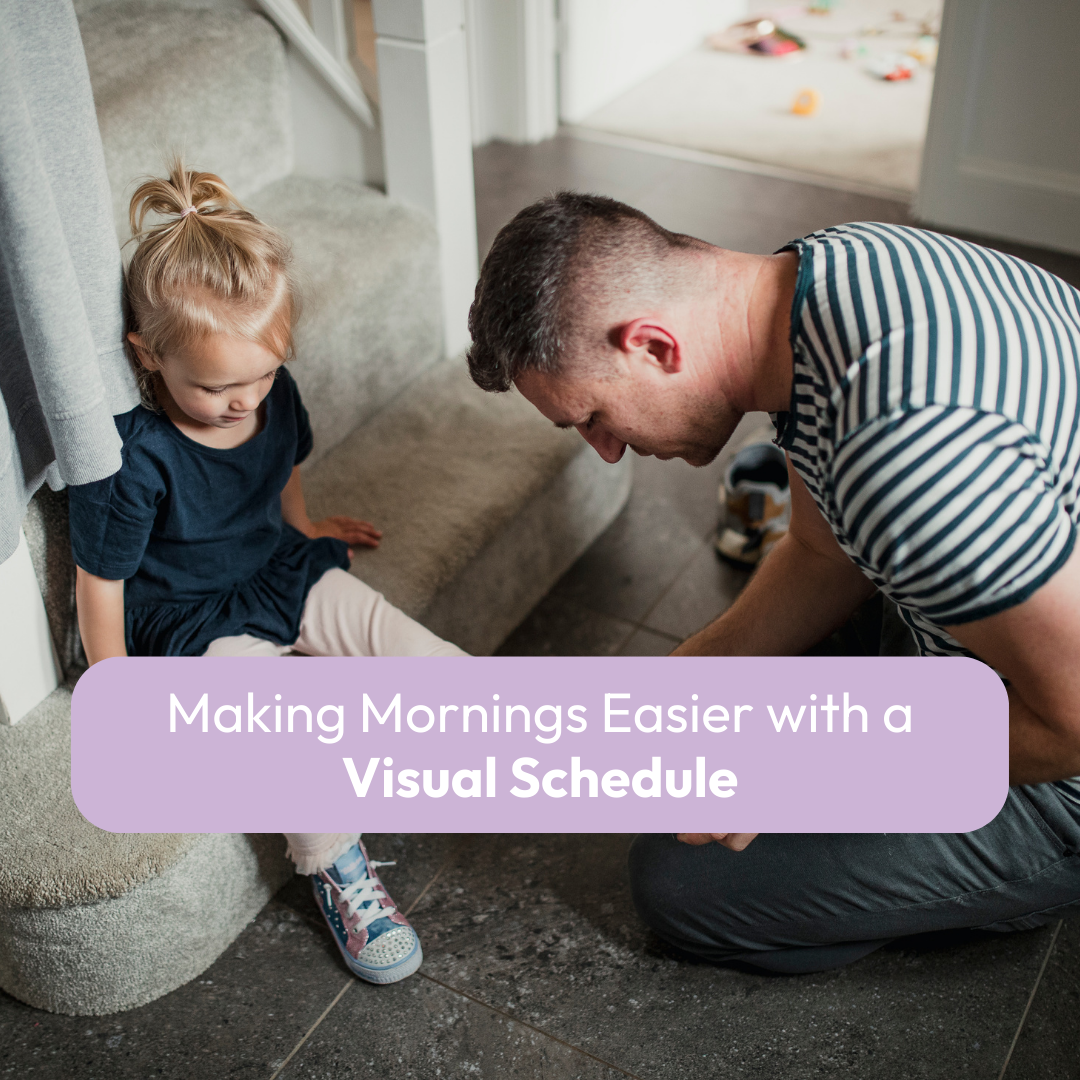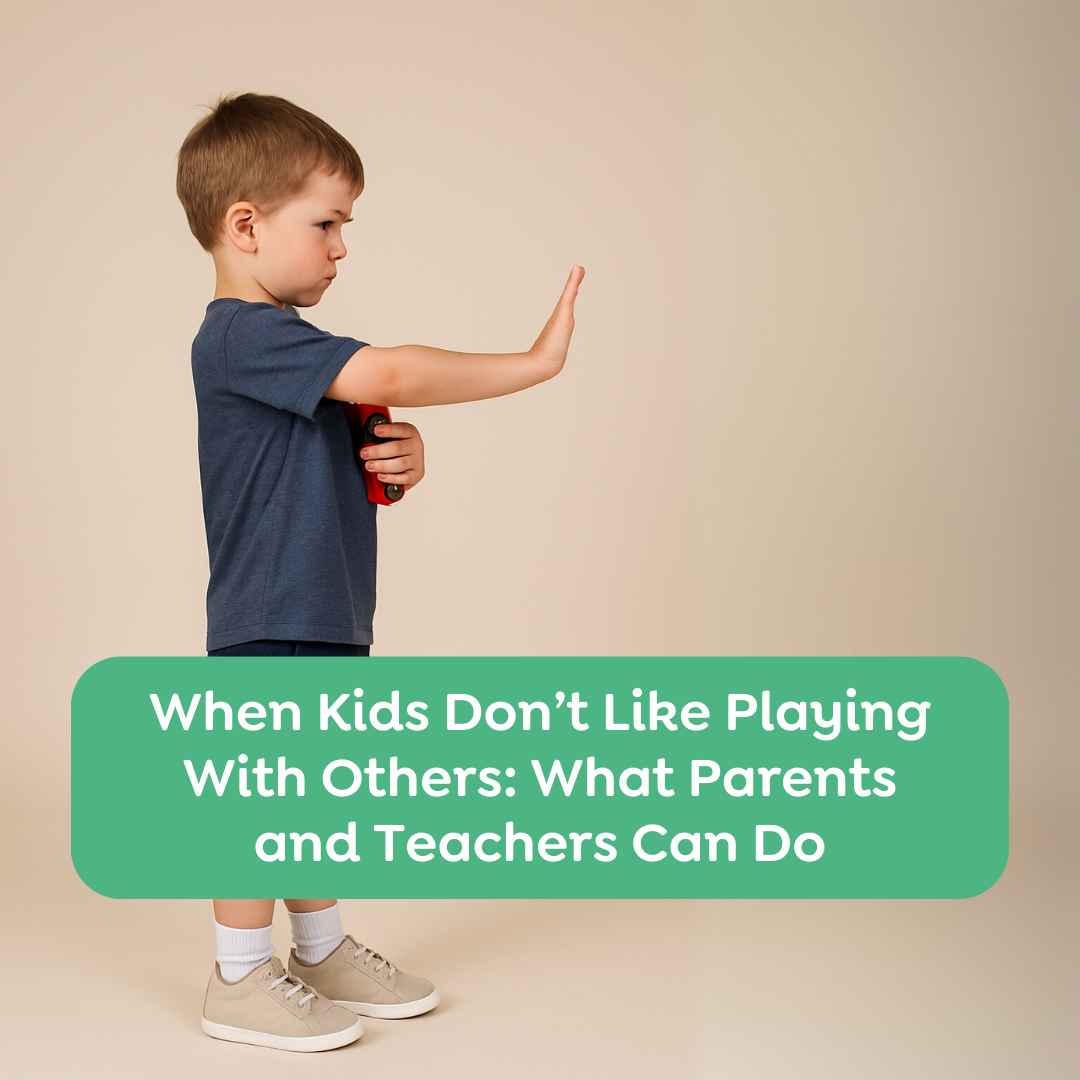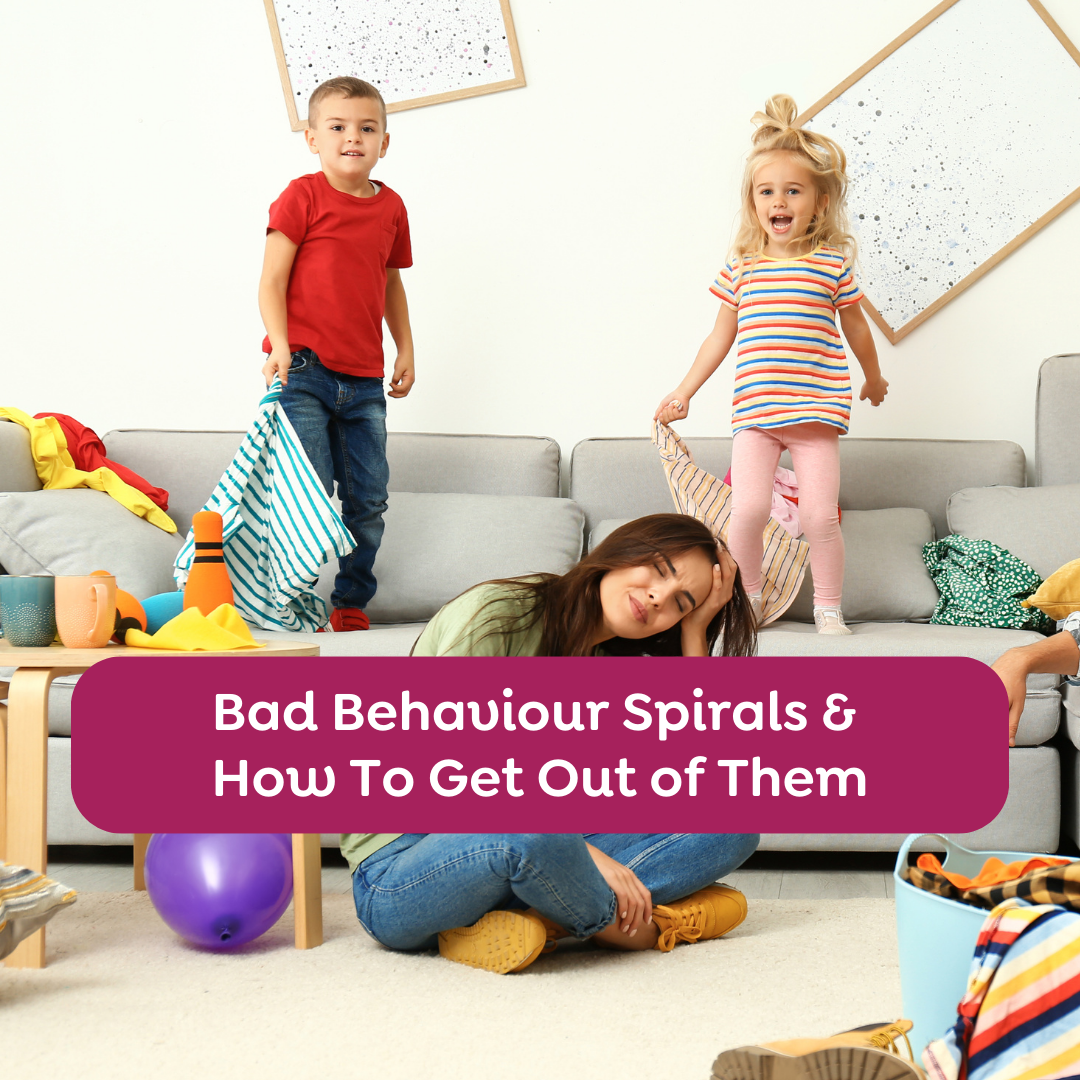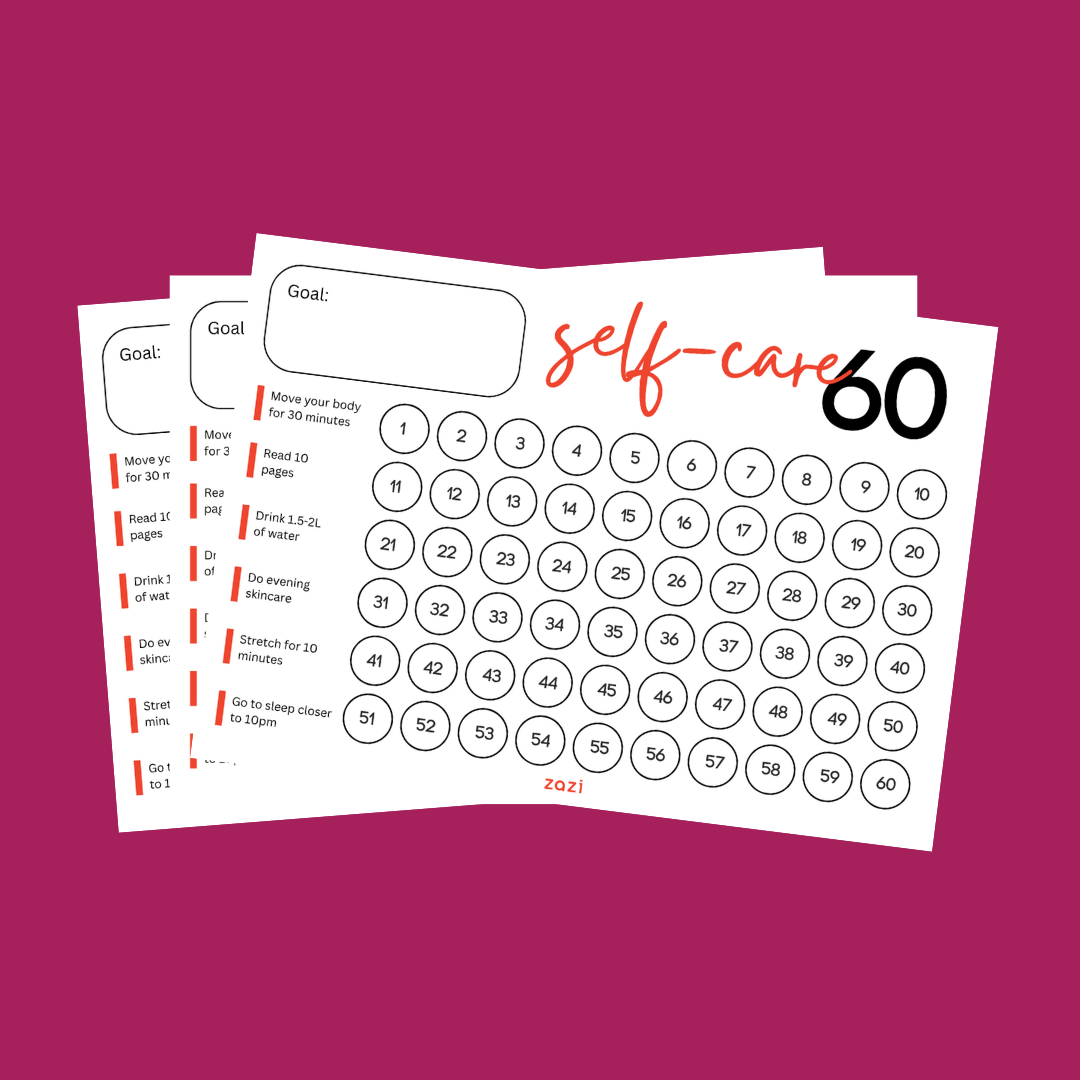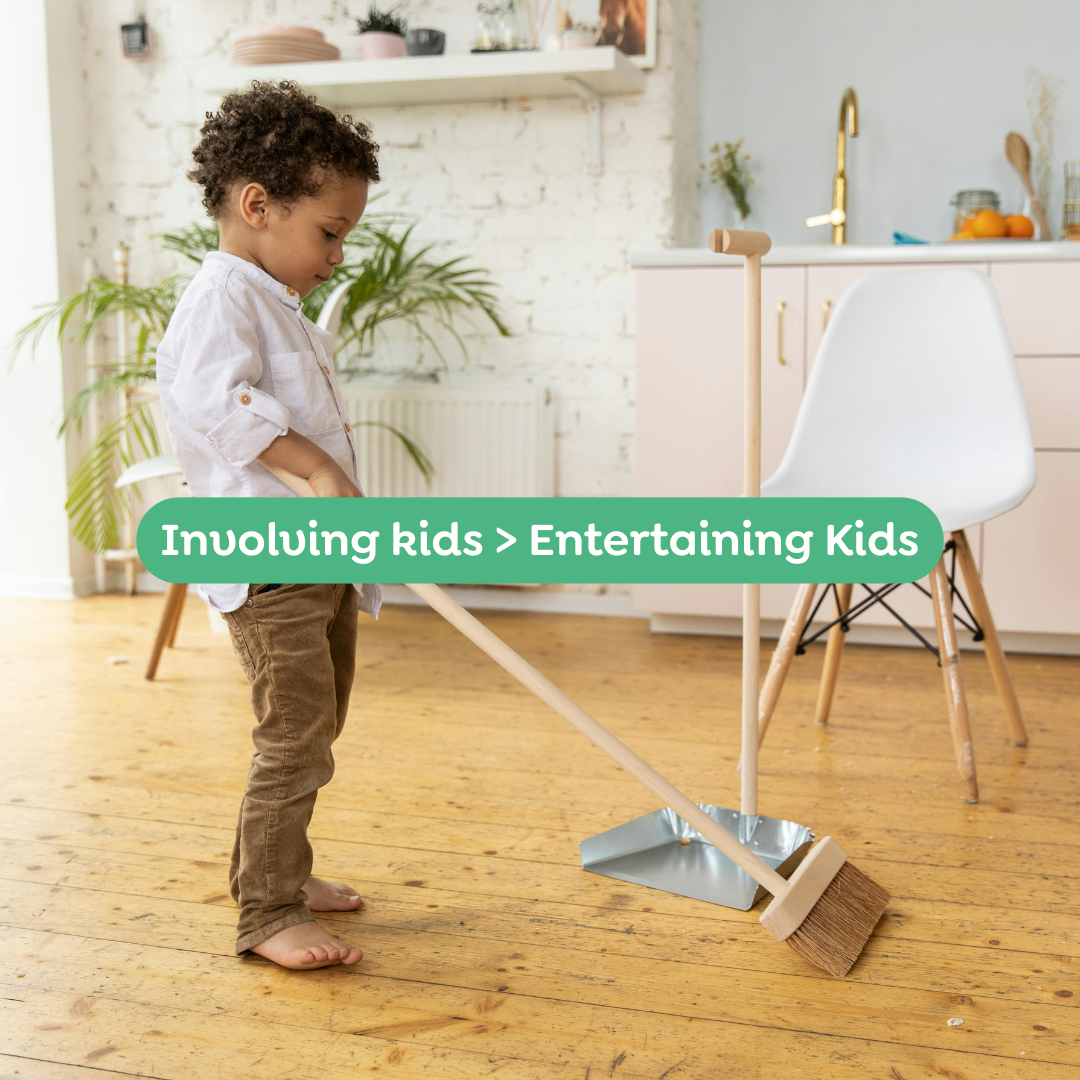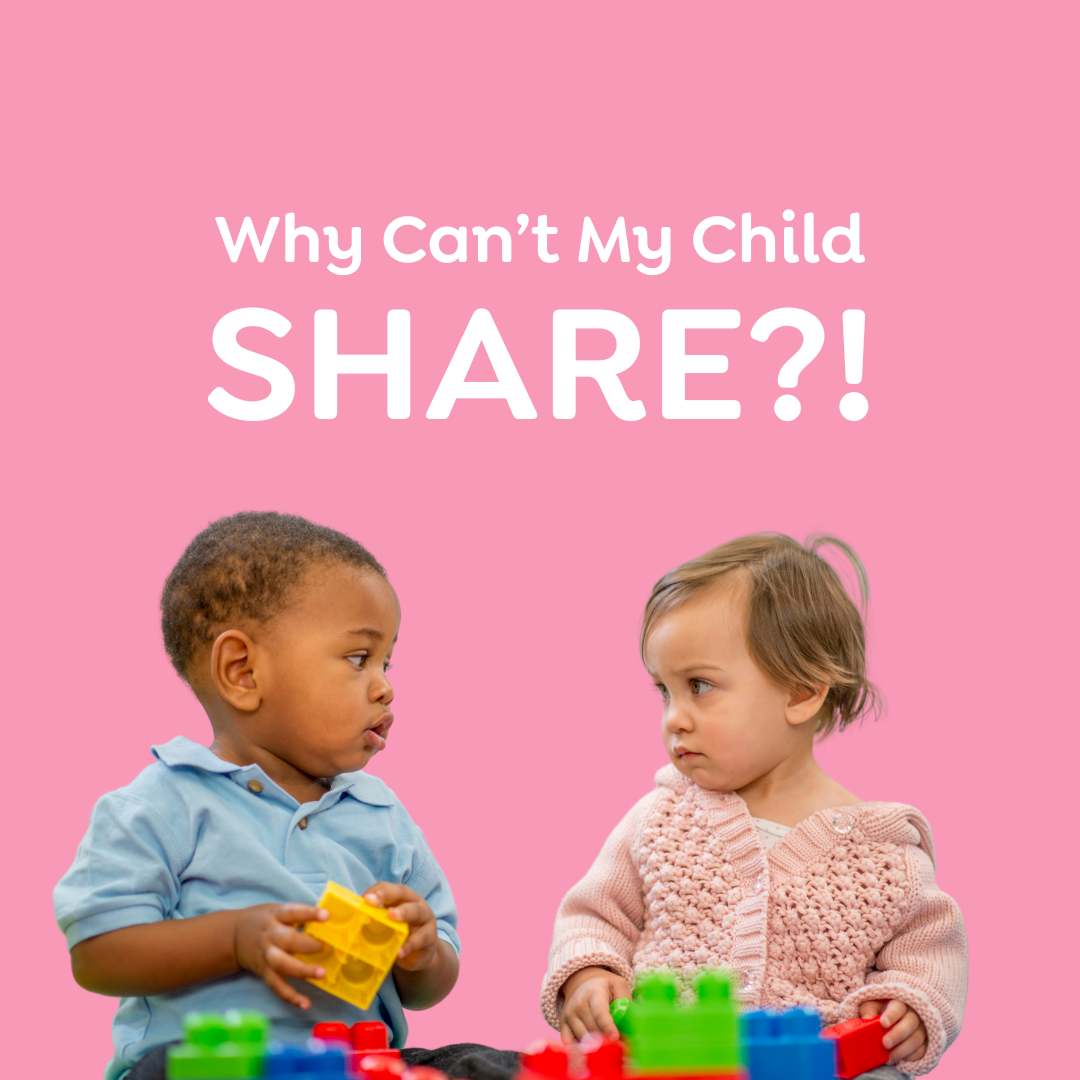When Drop-Offs are Difficult - A Realistic Guide for Parents
Click here to listen to Episode #29 of the You've Got This podcast: “Difficult School Drop-Offs: When Strategies Fail” – where Tess & Zazi unpack why this happens and how you can help.
Preschool & school drop-offs can be emotionally intense. You prepare yourself for the transition, do all the right things, and still find yourself peeling a sobbing child off your body. It’s exhausting, disheartening, and it can leave you wondering if you’re doing something wrong.
You’re not. Some kids just need more support with separation – it’s a developmental reality.
One of my children really struggled with drop-offs, and it’s only now, at age six, that we’re seeing consistent confidence. For some kids, it takes time, repetition, and a lot of nervous system support.
Why Drop-Offs Can Be So Distressing
When children protest separation, it’s not because they’re being dramatic or trying to make mornings harder. Their nervous system perceives separation as a threat. It’s not conscious, and it’s not a choice. Their brain is responding to danger, and their body follows with panic. That's when you see clinginess and even behaviours that look a bit silly or baby-ish, not how they usually act.
When adults respond with “stop being silly” or “you’re fine,” the child receives the message that their emotions are inconvenient or exaggerated. Over time, this can affect their confidence and their sense of safety with us. It chips away at connection and increases their stress.
We can support them better. Not by removing all discomfort, but by helping them feel safe while they experience it.
Practical Ways to Make Drop-Offs Easier
1. If they're new - increase familiarity
Visit the school or preschool outside of normal hours. Walk through the space. Show them where their bag goes, where they sit for mat time, and where the toilets are. Play in the playground. Take photos. Create a little visual story they can refer to. Familiarity reduces stress.
2. Keep mornings slow and connected
Rushed mornings increase stress for everyone. Aim to have everything done early enough to allow ten minutes of play before leaving the house. This creates a sense of calm and fills their emotional cup before the transition.
3. Support with tasks, even if they can do them
Just because your child can put on their shoes doesn’t mean they can do it under pressure or every time. Separation stress makes basic tasks feel overwhelming. Help where help is needed, without judgement. It'll stop things blowing up before you've even set out the door.
4. Collaborate with the teacher
Create a simple, predictable plan together. That might include:
-
A consistent goodbye phrase
-
A staff member greeting them at the door
-
A comfort object from home
-
A familiar activity set up for arrival
Predictability builds trust.
5. Validate, don’t minimise
Acknowledge the feeling: “You’re sad that I’m leaving. That’s okay.” Avoid following it up with “but you’ll have fun.” Children don’t need to be distracted from their emotions – they need to feel safe while having them. They'll pick up on it if you're trying to over-sell the fun.
6. Be clear and consistent with goodbyes
A short, predictable farewell helps. Try a special handshake or phrase, followed by a simple explanation of what’s happening next: “After lunch I’ll be back.” Then go. A calm, confident exit helps your child feel secure. It shows them that you're confident they're well cared for - not worried for them.
7. Don’t sneak away
Leaving without saying goodbye may reduce tears in the moment but builds anxiety over time. It teaches children that we might disappear without warning. Always say goodbye - even if they're well distracted.
8. Use anchors, not clock time
Instead of “I’ll be back at 3,” say “I’ll be back after your afternoon mat time.” Linking time to routines makes the concept more concrete and less uncertain.
9. Stop worrying about ‘readiness’
Preschools and schools don’t expect children to arrive fully independent. They meet kids where they’re at. Some children need support with emotional regulation and separation. That doesn’t mean they’re not ready or not at the stage they should be for their age. All kids are different.
When They’re Seriously Clinging On
For some children, separation can trigger such distress that they physically cling to you – tightly wrapped arms, legs, tears, panic. It’s overwhelming, and it can be incredibly emotional for everyone involved. I've absolutely been there.
If this is becoming a pattern, it’s important to have a plan with your child’s teacher. You might agree that the teacher offers a warm hand to hold, a firm cuddle, or gently lifts your child while you step away. That kind of physical support can help contain the distress and offer your child safety when you’re not able to be the one holding them.
In Aotearoa, any physical intervention must align with the legal and ethical guidelines around restraint. Children should never be held against their will, or in ways that cause distress, pain, or fear. If physical support is used during separation, it must be agreed on in advance, used minimally, and always with the child’s emotional wellbeing front of mind.
A supportive goodbye plan, grounded in trust and communication, can help prevent distress from escalating to the point where physical support is even needed. But if it is, it’s essential that the approach is kind, respectful, and never coercive.
Talk it through, make a plan that feels right, and review it regularly. These moments matter – not just for getting through the gate, but for building long-term trust and safety.
I share my story in the podcast episode - so if you're in the depths of this - go and have a listen to me as I experience the same thing.
You've got this.



